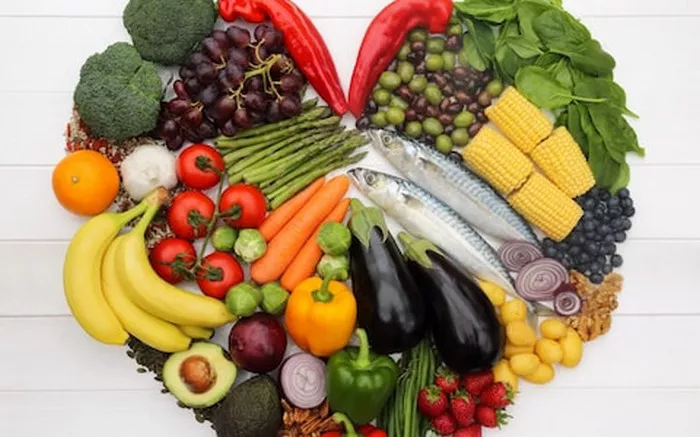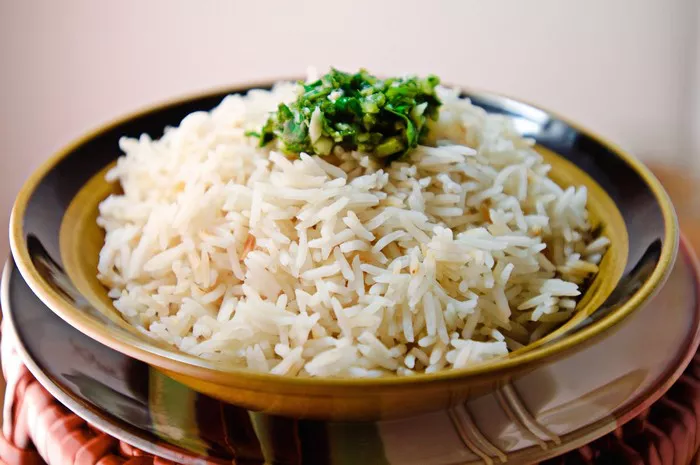Christmas Eve is a special time of year when families and friends gather to celebrate the holiday season. In many cultures, Christmas Eve is celebrated with a special dinner that features traditional foods and dishes. In this article, we will explore the traditional dinner for Christmas Eve and the significance of these dishes.
Table of Contents:
- The Significance of Christmas Eve Dinner
- Traditional Christmas Eve Dishes
- How to Prepare a Traditional Christmas Eve Dinner
The Significance of Christmas Eve Dinner
The Christmas Eve dinner is a time for families to come together and celebrate the holiday season. It is often seen as a time for reflection, gratitude, and togetherness. In many cultures, the dinner is also a time for religious observance, with prayers and blessings being said before the meal. The dishes served at the dinner are often steeped in symbolism and tradition, with each dish having its own significance.
Traditional Christmas Eve Dishes
The dishes served at a traditional Christmas Eve dinner vary depending on the country and region. Here are some of the most common dishes:
Fish: In many cultures, fish is the main protein served at the Christmas Eve dinner. This is because Christmas Eve is traditionally a day of fasting, and fish is seen as a lighter alternative to meat. In Italy, for example, the Christmas Eve dinner is known as La Vigilia, and it features a variety of fish dishes, such as baccalà (salt cod), calamari (squid), and shrimp. In Poland, the Christmas Eve dinner is known as Wigilia, and it features a dish called carp, which is a type of freshwater fish.
Soup: Soup is often served as a first course at the Christmas Eve dinner. In Poland, barszcz (beet soup) is a traditional dish, while in Italy, zuppa di pesce (fish soup) is a popular choice.
Pasta: In Italy, pasta dishes are often served as a second course at the Christmas Eve dinner. Dishes such as spaghetti alle vongole (spaghetti with clams) and linguine alle cozze (linguine with mussels) are popular choices.
Vegetables: Vegetables are often served as a side dish at the Christmas Eve dinner. In Poland, for example, kapusta z grochem (cabbage with peas) is a traditional dish, while in Italy, contorni (side dishes) such as sautéed spinach and roasted potatoes are popular choices.
Dessert: Dessert is an important part of the Christmas Eve dinner. In Italy, for example, panettone (a sweet bread with raisins and candied fruit) is a traditional dessert, while in Poland, makowiec (poppy seed cake) and piernik (gingerbread) are popular choices.
How to Prepare a Traditional Christmas Eve Dinner
Preparing a traditional Christmas Eve dinner can be a time-consuming process, but it is also a labor of love. Here are some tips for preparing a traditional Christmas Eve dinner:
Plan ahead: The Christmas Eve dinner often involves multiple courses, so it is important to plan ahead and make a schedule for cooking and serving the dishes.
Shop early: Many of the ingredients for the Christmas Eve dinner are specialty items that may not be available at your local grocery store. Plan ahead and shop early to ensure that you have everything you need.
Get help: The Christmas Eve dinner is often a family affair, with everyone pitching in to help with the cooking and serving.
Set the table: The Christmas Eve dinner is a special occasion, so take the time to set a beautiful table with festive decorations.
Enjoy the meal: The Christmas Eve dinner is a time for togetherness and celebration, so take the time to enjoy the meal and the company of your loved ones.
Conclusion
The traditional dinner for Christmas Eve varies depending on the country and region, but it is often a time for families to come together and share a special meal. The dishes served at the dinner are often steeped in tradition and symbolism, and they reflect the cultural and religious heritage of the people who celebrate the holiday. By preparing a traditional Christmas Eve dinner, you can honor these traditions and create new memories with your loved ones.
Related topics:

























